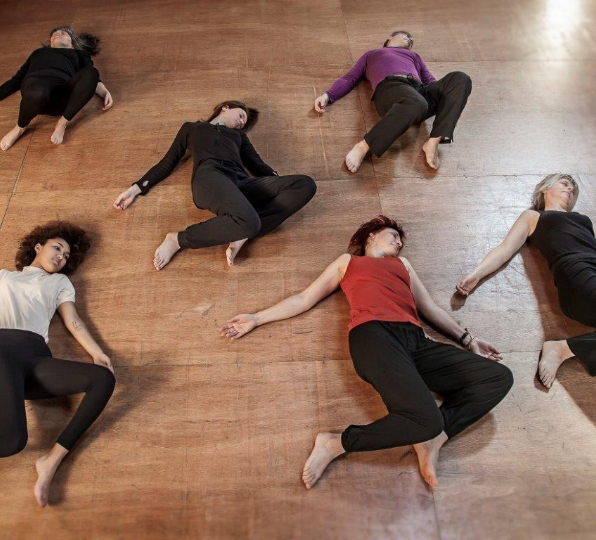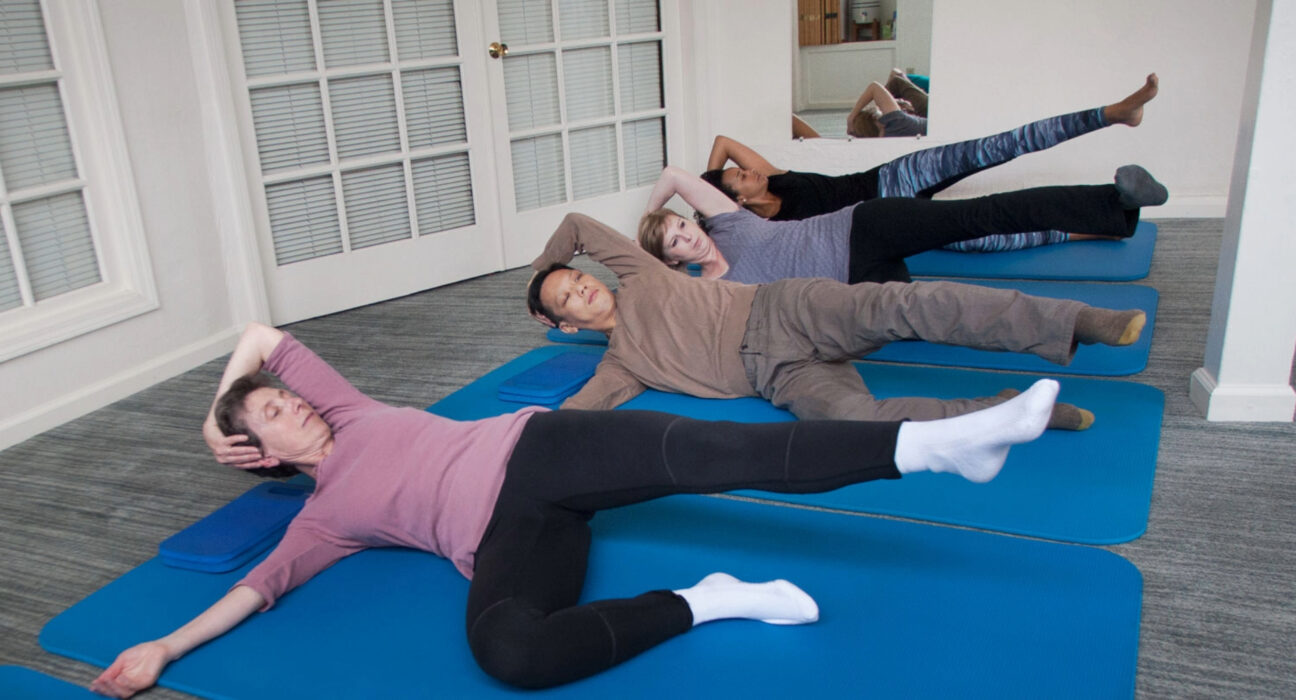Introduction:
The Feldenkrais Technique, developed by Israeli physicist and engineer Moshe Feldenkrais, is a method of somatic education that focuses on improving movement and enhancing overall well-being. Rooted in principles of neuroplasticity and mindfulness, the Feldenkrais Technique offers a unique approach to movement re-education. In this comprehensive exploration, we delve into the core principles of the Feldenkrais Technique, the practices involved, and assess its success based on scientific evidence and anecdotal experiences.
1. Foundations of the Feldenkrais Technique
Moshe Feldenkrais founded this technique based on the belief that improving awareness and understanding of movement can lead to enhanced physical and mental functioning. Drawing on principles of neuroplasticity, which emphasizes the brain’s ability to reorganize itself, the Feldenkrais Technique aims to create new neural pathways and improve movement patterns.
2. Two Approaches: Awareness Through Movement and Functional Integration
The Feldenkrais Technique is typically delivered through two primary approaches: Awareness Through Movement (ATM) and Functional Integration (FI). ATM consists of group classes led by a practitioner, guiding participants through verbally instructed movements. FI, on the other hand, involves one-on-one sessions where the practitioner uses gentle touch and movement to address the individual’s unique patterns and limitations.
3.Mindfulness and Sensory Awareness
Central to the Feldenkrais Technique is the emphasis on mindfulness and sensory awareness. Practitioners guide participants to explore movements with heightened attention to sensations, promoting self-discovery and an increased understanding of their habitual patterns. This mindfulness component extends beyond the sessions, encouraging individuals to carry this heightened awareness into their daily lives
4.Gentle Movements and Variability
The Feldenkrais Technique incorporates gentle and deliberate movements that encourage exploration and variability. Rather than repetitive and forceful exercises, the emphasis is on subtle, often slow movements that allow the nervous system to adapt gradually. This approach is designed to reduce tension, enhance flexibility, and promote efficient movement patterns.
5.Individualized Adaptation
Each individual’s movement patterns and limitations are unique, and the Feldenkrais practitioner tailors the sessions accordingly. By addressing the specific needs and challenges of the individual, the technique aims to promote personalized learning and adaptation, leading to improved overall movement and function.
6. Neuroplasticity and Brain Rewiring
At the core of the Feldenkrais Technique is the belief in the brain’s capacity for neuroplasticity. By engaging in intentional and mindful movements, participants are encouraged to create new neural connections and pathways. This approach suggests that, over time, the brain can adapt and reorganize itself, leading to improved motor control and functional capabilities.
7. Conditions Addressed by the Feldenkrais Technique
The Feldenkrais Technique is utilized for a wide range of conditions, including chronic pain, musculoskeletal issues, neurological disorders, and stress-related concerns. It has been applied to improve movement in individuals with conditions such as Parkinson’s disease, multiple sclerosis, and cerebral palsy. Additionally, it is often embraced by those seeking relief from stress, anxiety, and overall improvement in movement efficiency.
8. Scientific Evidence and Research
While anecdotal evidence of the effectiveness of the Feldenkrais Technique is abundant, scientific research on its outcomes is limited compared to more mainstream approaches. Some studies have suggested positive effects, such as improvements in balance, posture, and pain reduction. However, the overall body of research is not as extensive as that for some other therapeutic modalities.
9. Preliminary Studies on Pain and Function
Preliminary studies on the Feldenkrais Technique have shown promising results, particularly in addressing chronic pain and functional limitations. For instance, a study published in the Journal of Bodywork and Movement Therapies in 2015 found that the Feldenkrais Method was effective in reducing pain and improving function in individuals with chronic low back pain.
10.Quality of Life and Well-Being
Beyond addressing specific conditions, the Feldenkrais Technique is often praised for its impact on the overall quality of life and well-being. Participants report increased self-awareness, a sense of ease in movement, and improved emotional well-being. However, it’s crucial to note that individual responses may vary, and more research is needed to establish a comprehensive understanding of its benefits.
11.Integration with Other Modalities
The Feldenkrais Technique is sometimes integrated into rehabilitation programs, complementing traditional approaches such as physical therapy. Its focus on mindful movement and neuroplasticity aligns with contemporary understandings of rehabilitation and holistic well-being.
12.Success Stories and Testimonials
Many individuals who have experienced the Feldenkrais Technique attest to its transformative impact on their lives. Success stories often highlight improvements in posture, reduction in pain, increased flexibility, and a general sense of enhanced body awareness. While these testimonials provide valuable insights, the subjective nature of personal experiences underscores the need for more comprehensive research.


Conclusion:
The Feldenkrais Technique offers a unique and holistic approach to movement re-education, emphasizing mindfulness, variability, and the potential for neuroplasticity. While scientific evidence supporting its efficacy is still evolving, anecdotal evidence and preliminary studies suggest positive outcomes, particularly in addressing chronic pain and functional limitations. As with any therapeutic approach, individual responses to the Feldenkrais Technique may vary. Some may find profound benefits in terms of improved movement, reduced pain, and enhanced well-being, while others may experience more modest changes. As research on the Feldenkrais Technique continues, a deeper understanding of its mechanisms and applications will likely emerge, further contributing to the evolving landscape of somatic education and holistic well-being.












